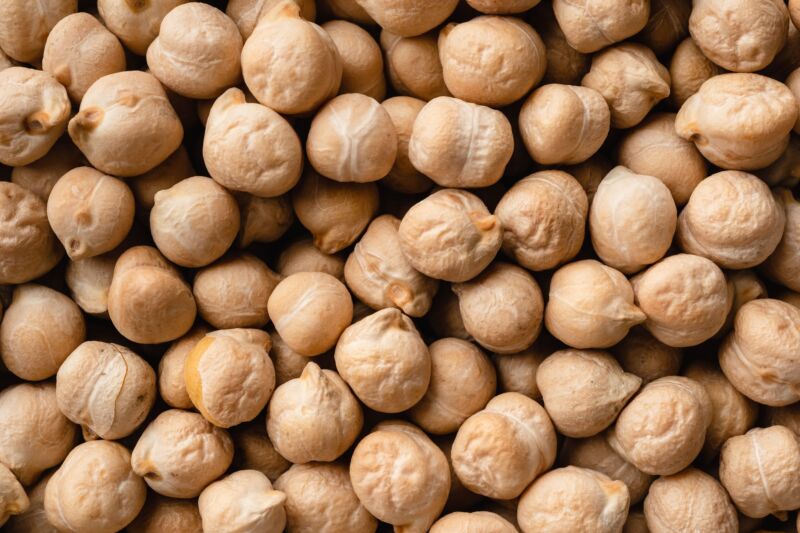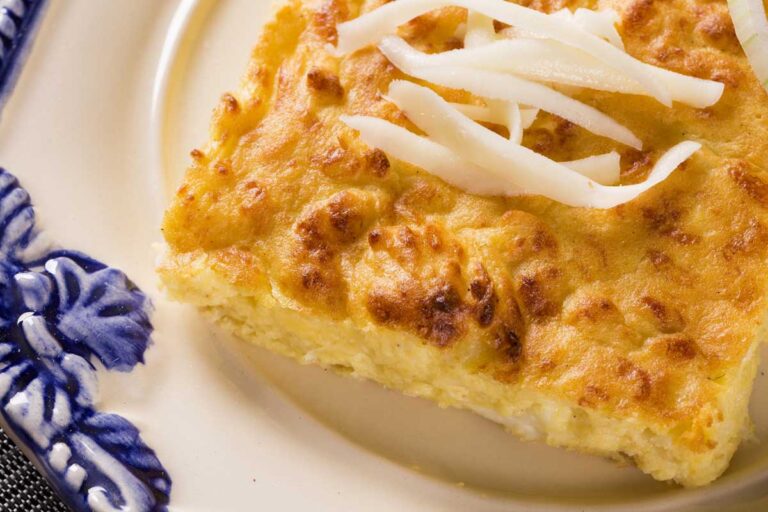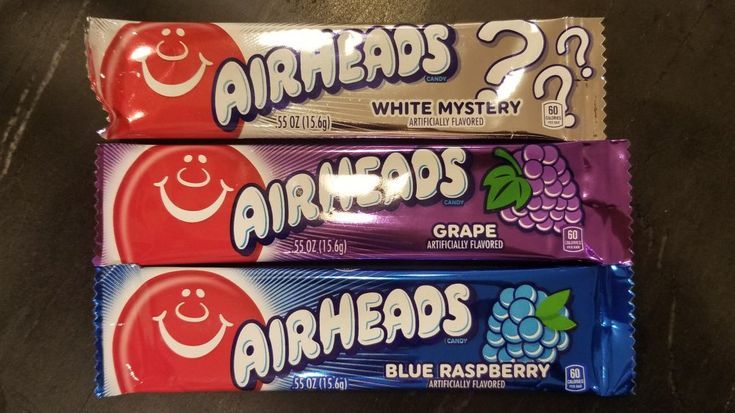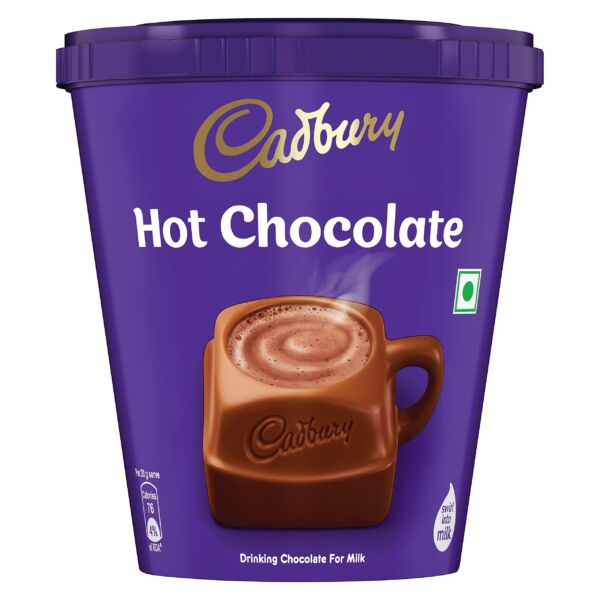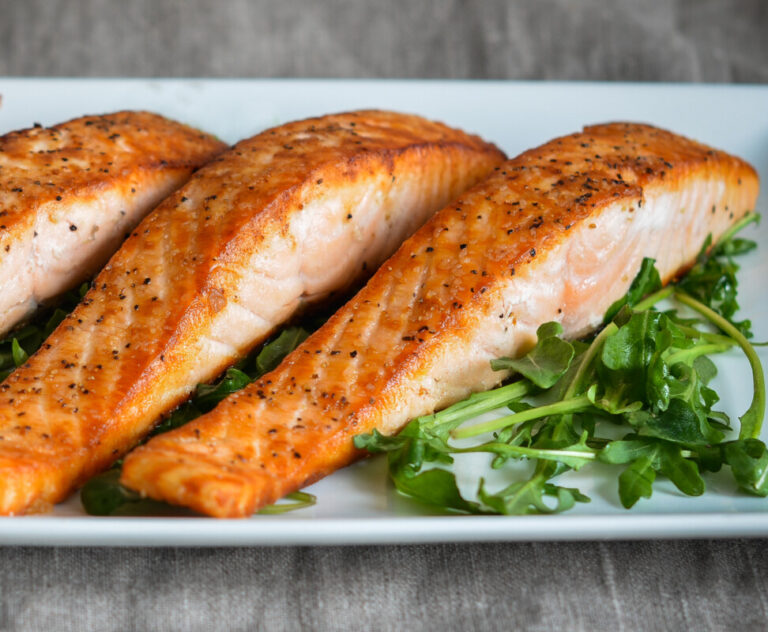The 8 Best Chickpea Substitutes for Any Recipe
Chickpeas are one of the most versatile and nutritious legumes out there. Their delicious, earthy taste and smooth, creamy texture make them a staple ingredient in many cuisines around the world. However, if you don’t have chickpeas on hand or want to change up the flavors in a recipe, there are plenty of suitable chickpea substitutes to choose from.
In this article, I’ll outline the top 8 best substitutes for chickpeas that can be easily incorporated into all kinds of savory dishes. I’ll cover their similarities to chickpeas in taste, texture, and nutrition, along with cooking instructions. Read on to discover how to seamlessly swap chickpeas for other nutritious legumes and pulses in your recipes!
Why Find Chickpea Substitutes?
Chickpeas, also known as garbanzo beans, have an exceptionally versatile taste and texture that suits both savory and sweet dishes. They work well in soups, salads, dips, spreads, curries, stews – you name it!
Some of the reasons you may need a handy chickpea substitute include:
- You’ve run out of chickpeas and need a quick swap for a recipe.
- You want to change up the flavors or textures in a dish that traditionally uses chickpeas.
- You or someone you’re cooking for has an allergy or intolerance to chickpeas.
- You want to experiment with new flavors and ingredients.
The good news is there are many suitable alternatives that can seamlessly stand in for chickpeas in most recipes. Let’s look at the top 8 substitutes and how to use them.
8 Best Chickpea Substitutes
1. Cannellini Beans
Cannellini beans have a smooth, creamy texture and delicious nutty flavor that mimics chickpeas well. They serve as one of the best and closest replacements in terms of taste, texture, and versatility.
Some key advantages of cannellini beans:
- Very similar flavor and texture to chickpeas – you often won’t notice the difference.
- High in protein and fiber – approximately 15g of protein and 13g of fiber per cooked cup.
- Work well in soups, stews, salads, purees, and more in place of chickpeas.
- Have a lovely naturally sweet undertone that enhances many savory dishes.
Simply use an equal amount of canned cannellini beans in place of chickpeas in recipes. They have a similar cooking time and can be swapped out seamlessly.
2. Lentils
Lentils may seem like a surprising substitute, but they share a similar earthy, nutty flavor when cooked. They work wonderfully in Indian dishes, soups, stews, salads, purees, and more.
Benefits of using lentils include:
- Many different varieties to choose from, including green, brown, yellow, red, and black lentils, which provide slightly different flavors and textures.
- High in fiber, protein, iron, B vitamins, and other nutrients. They provide major health benefits.
- Green lentils hold their shape well when cooked and have a firmer texture similar to chickpeas.
- Red lentils break down into a creamy, soft texture when cooked that works well for purees.
- Don’t require pre-soaking and cook relatively quickly. Green lentils take around 15-20 minutes, while red lentils take only 5-10 minutes.
Substitute lentils 1:1 for chickpeas in recipes – the cooking time is the only thing that will vary.
3. Black Beans
Black beans have a rich, earthy flavor and velvety soft texture when cooked that makes them another excellent stand-in for chickpeas.
Reasons to use black beans:
- Very versatile and work well in most recipes that call for chickpeas. Great in chilis, stews, soups, dips, and more.
- The soft, creamy texture is nearly identical to cooked chickpeas.
- High in fiber, protein, antioxidants, and various vitamins and minerals.
- Their robust, earthy flavor pairs well with seasonings like garlic, cumin, oregano, and chili powder.
- Can be easily used 1:1 in place of canned chickpeas in any recipe.
Overall, black beans are one of the best replacements in terms of similarity of taste and texture.
4. Soybeans
Soybeans are an extremely versatile legume with a mild, nutty flavor that does well standing in for chickpeas.
Here’s why they make a great substitute:
- Excellent source of plant-based protein – 1 cup contains 29g.
- Contain all essential amino acids, making them a complete protein.
- Low in cholesterol and high in nutrients, including fiber, vitamin K, folate, copper, and more. Provide heart-healthy benefits.
- Easy to digest and versatile in many different recipes. Work well when mashed or pureed.
- Combine well with garlic, onions, herbs, and spices.
Use cooked, shelled soybeans in place of chickpeas in equal amounts. They have a similar creaminess when cooked thoroughly.
5. Green Peas
Green peas might not seem like an obvious choice, but they can actually substitute chickpeas quite well in many dishes. Their sweet, green flavor provides a different taste but still works nicely.
Here’s how green peas measure up:
- Provide a similar creaminess to chickpeas when pureed or mashed in soups, dips, and spreads.
- Fresh, frozen, or canned peas can be used. Frozen peas require just a quick defrost and rinse.
- High in vitamins A, C, and K, and a good source of fiber and protein. Packed with nutrients.
- Tender texture and sweetness contrasts the earthiness of chickpeas.
- Works well in veggie burgers, meatloaves, soups, and stews in place of chickpeas.
When using peas, slightly reduce any seasoning with sweet flavors and increase earthier spices. Use equal amounts when substituting.
6. Mung Beans
These small green legumes offer another great alternative to chickpeas, especially in vegetarian and vegan dishes.
Why use mung beans?
- Their soft texture and mild flavor when cooked makes them versatile in many dishes.
- Often used in rice dishes, soups, and purees as an alternative to chickpeas.
- High in iron, protein, fiber, potassium, magnesium, and vitamin B6. Also contain antioxidants.
- Digest easily and well-tolerated.
- Uncooked beans need pre-soaking before cooking to soften. Then simmer for around 45 minutes until soft.
Mung beans can be an easy, protein and fiber-packed replacement in any recipe that calls for cooked chickpeas.
7. Northern Beans
White kidney beans, cannellini beans, and great northern beans all fall under the category of northern beans. They have large, white kernels and work nicely in place of chickpeas.
Why use northern beans?
- Very mild flavor allows them to take on the flavors of other ingredients and seasonings easily.
- Work well in soups, salads, stews, casseroles, pasta dishes, and more as a replacement for chickpeas.
- Similar nutritional profile as chickpeas – high in fiber, protein, iron, magnesium, potassium, and other nutrients.
- Digest easily. Northern beans contain lower levels of raffinose sugars.
- Can be swapped 1:1 for cooked chickpeas in any recipes.
Northern beans are likely one of the most versatile and accessible substitutions on this list.
8. Roasted Edamame
Hear me out – roasted edamame beans make an incredibly delicious and nutritious replacement for chickpeas with their satisfying crunch.
Reasons to try roasted edamame:
- Provides a wonderful nutty, mildly sweet flavor similar to roasted chickpeas.
- High amounts of protein, antioxidants, fiber, vitamins C and K, iron, and other minerals. Very nutrient-dense.
- Can be added to salads, bowls, snack mixes, and more for added nutrition and texture.
- Avoid overcooking when roasting to retain maximum nutrients.
While the texture changes, the flavors work well together. Roasted edamame can provide an extra crunch factor.
Conclusion
As you can see, chickpeas can be easily replaced by a wide variety of nutritious legumes, beans, peas, and lentils in recipes. From the chickpea-mimicking creaminess of cannellini beans, to the bold earthiness of black beans, to the added crunch of roasted edamame – you have options!
All of these substitutes are nutritionally dense, high in plant-based protein and fiber, and work seamlessly in place of chickpeas in terms of texture and flavor. Whether you simply want to experiment with new flavors or need a quick swap for chickpeas, you can choose from this list with confidence.
These alternatives are all readily accessible at most markets and grocery stores, both canned and dried. Next time a recipe calls for chickpeas, consider using one of these substitutes to change up the flavors and nutrients while still doing the chickpea flavors justice. With this guide, your dishes will still taste delicious and satisfying, even without the chickpeas!
